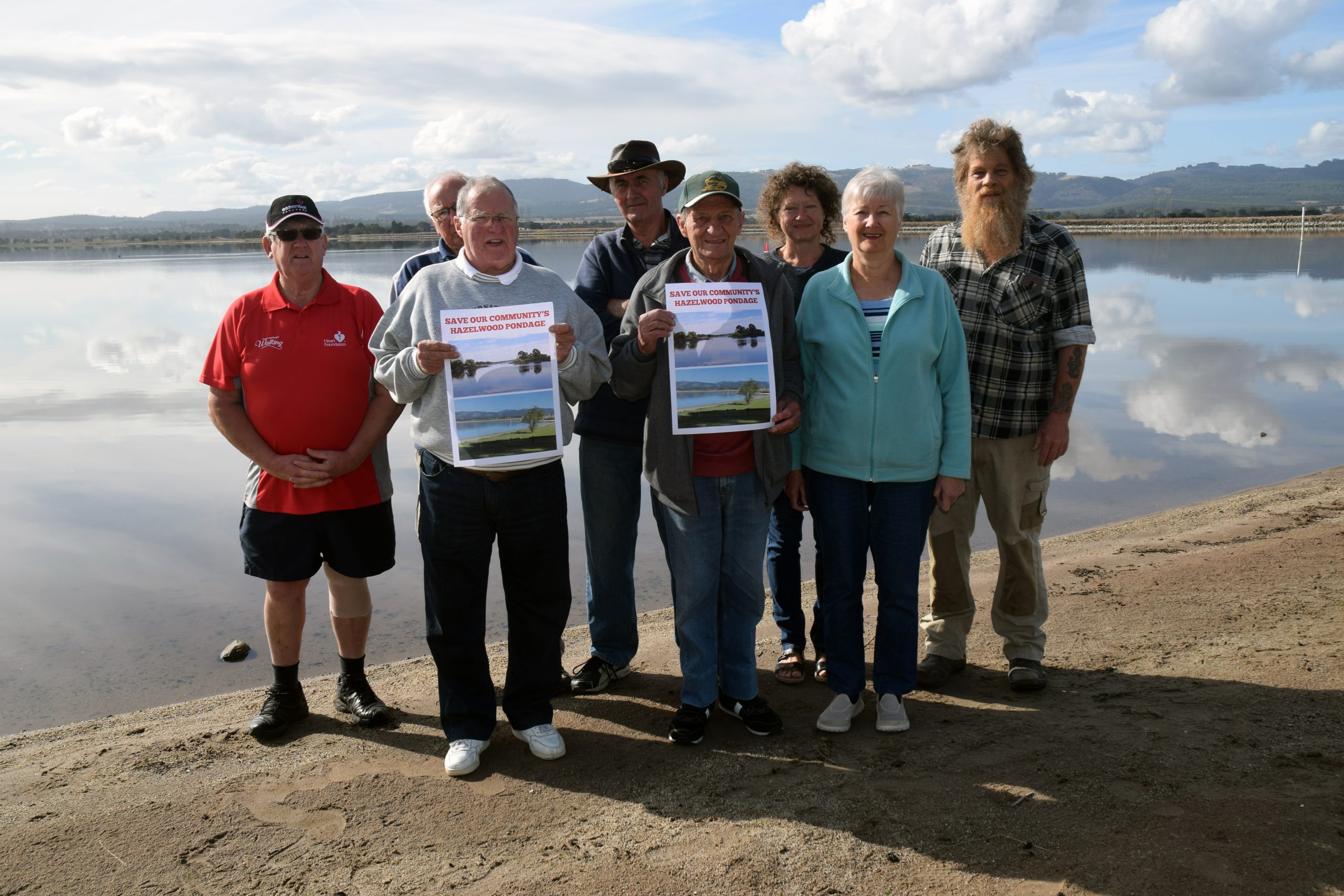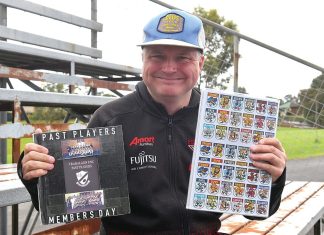By KATRINA BRANDON
TAKING flight 75 years ago, the Latrobe Valley Aero Club (LVAC) recently celebrated their anniversary.
The club’s enriched history includes many aviation memories and members who have soared to great heights. Many people, such as British Royal Air Force, 454 Squadron RAAF Mosquito Pilot in Europe, John Francis (Jack) Webster DFC, is one of many to settle in Morwell and help in the early stages of the club. Among the alumni is Desmond Percy Kelly – the first Australian to ever fly jet-propelled aircraft.
Desmond Percy Kelly, or Des Kelly, was born in Morwell on May 20, 1920. Des started a bicycle business at age 16, then sold it to establish Kelly Brothers Motors with his brothers Brian and Don, selling motorcycles and British Standard motor cars.
Des’ involvement with aviation started with flights alongside various visiting aviators at Morwell. In 1939, Des started to fly with Howard Morris at Essendon Aerodrome. He was initially rejected by the RAAF and later joined the Australian Military Forces, serving with the 13th Light Horse Regiment as a Despatch Rider before being accepted into the RAAF in June 1941.
Des became a leading figure in establishing LVAC, which was formed in 1949. He was president for 20 of the first 25 years and became a life member. Her Majesty Queen Elizabeth II appointed Des a Member of the Order of Australia in the 1980 Queen Birthday Honours for services to aviation.
Over the years, the LVAC has also held grand events like the Royal Federation of Aero Clubs of Australia’s Australian Light Aircraft Championships in 1978, 1988, 1998, 2004, 2013 and 2017, the earliest flying display held in April 1938 and the first official air pageant held on Australia Day in 1950.
Some members describe aviation as a sense of freedom, and something in your blood. There are many reasons for going into aviation, but one of them is family.
“It’s a disease. I caught it when I was eight. Cousin had a plane and used to fly over the house. Aviation is quite different now,” long time member John Willis said.
Others have different experiences. LVAC vice president Philip Reeves spent seven hours one-way driving to see his son in South Australia and decided that it was time to learn to fly. Now, it keeps him social.
“I get to see him probably about twice a year. The last time I drove back, I thought this was the last time I would drive up and do it. I always wanted to try and take some lessons to see if I had attitude,” he said.
“If I didn’t have an interest in aircraft away from my property, I probably wouldn’t have a reason to get outside the front gate. For me, it is social. The learning has been terrific as it keeps my brain working. The skill base of this place is amazing. It’s a really closely kept secret.”
Mr Reeves told the Express that LVAC doesn’t just fly; they also teach flying, do restoration projects, repairs, and even rebuild aircraft. He said that the learning process at LVAC is much more skill-based than other institution-based aviation education programs.
“If you get out of here with someone ticking off your red boxes that you can fly an aeroplane, you can fly an aeroplane. When you come out of those institutions in Melbourne, they are unlike the skill-based that is done here with instructors who are really hands-on with you in the aircraft, and it takes as much time as it takes to get you up to the required standard,” he said.
Experience in aircraft differs from aircraft and pilot ability. LVAC member John Warren said that most people don’t realise how different it is in smaller aircraft compared to jets and car travel. He said flying at 10,000 feet means seeing more detail of everything you can see and enjoy, whereas, in a car, you can’t always appreciate or see certain things.
While the profession and hobby are somewhat pricey, Mr Warren, Mr Reeves, Mr Willis, and member Fiona McRae said that it is well worth it and if you are thinking about it, you should go out and have a go.
For more information, go to: latrobevalleyaeroclub.com.au/











